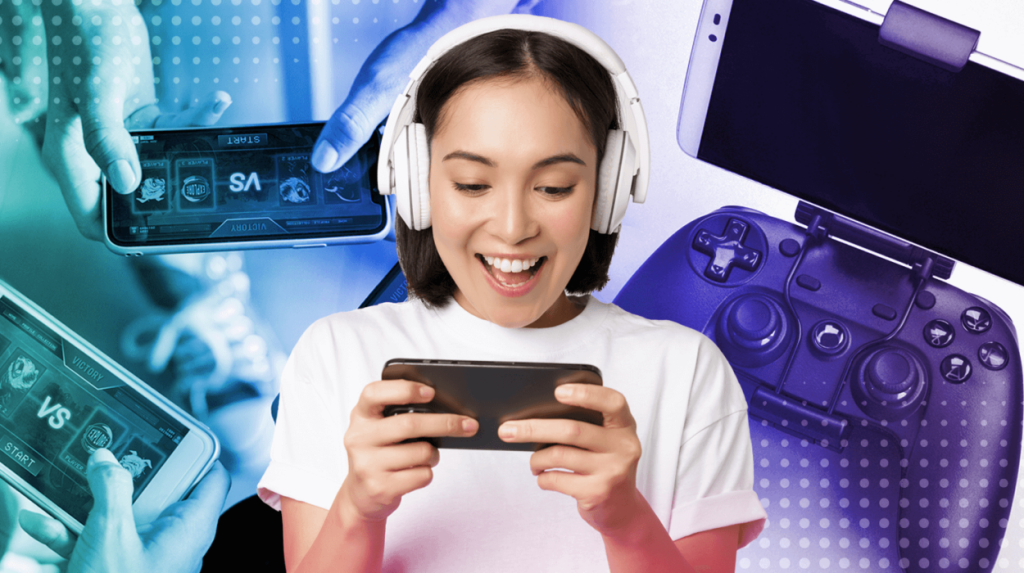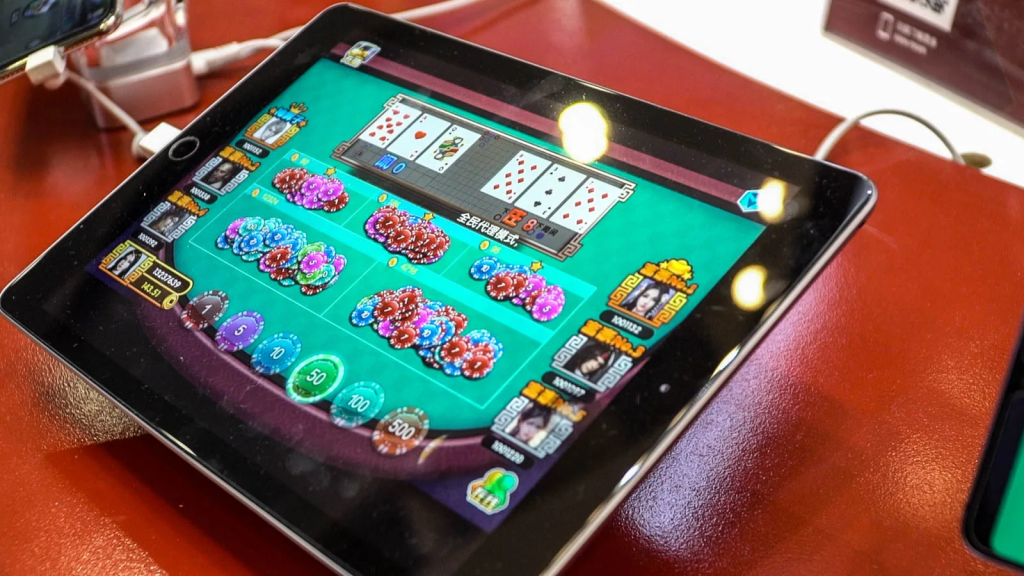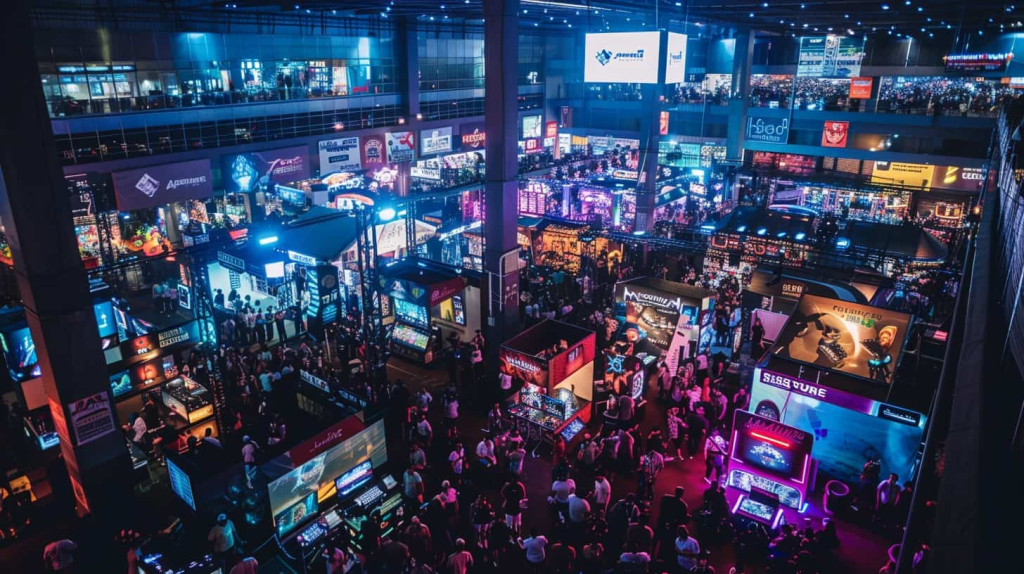The Philippines has emerged as one of Southeast Asia’s fastest-growing mobile gaming markets, with smartphones transforming how millions of Filipinos experience digital entertainment. This remarkable growth reflects broader technological adoption, cultural shifts, and economic factors unique to the Philippine context. From casual puzzle games to competitive esports titles, mobile gaming has become deeply integrated into daily life across the archipelago, creating new communities, business opportunities, and cultural phenomena.
The Mobile Revolution in Philippine Digital Culture
The explosive growth of mobile gaming in the Philippines can be traced to several interconnected factors that have created ideal conditions for this digital entertainment format to flourish.
Smartphone Penetration and Accessibility
The foundation of mobile gaming’s popularity lies in the widespread adoption of smartphones:
- Smartphone penetration has reached approximately 67% of the population (2023 data)
- Entry-level Android devices priced below ₱5,000 have democratized access
- Second-hand market provides affordable options for budget-conscious consumers
- Family sharing of devices extends reach beyond individual ownership statistics
This accessibility has transformed gaming from a luxury requiring dedicated hardware to an activity available to virtually anyone with a basic smartphone.
Internet Infrastructure Development
Connectivity improvements have enabled more sophisticated mobile gaming experiences:
- Telecom competition has driven down data costs dramatically
- Free WiFi initiatives in public spaces support gaming without data consumption
- 4G coverage has expanded to approximately 93% of populated areas
- 5G rollout in major urban centers is enabling cloud gaming options
These infrastructure developments have progressively removed barriers to participation in online multiplayer games that previously required stable broadband connections.
Cultural Factors and Social Gaming
Filipino social dynamics have particularly favored mobile gaming adoption:
- Strong emphasis on group activities and shared experiences
- Gaming as community building, especially among younger Filipinos
- Mobile games serving as social platforms beyond pure entertainment
- Influence of overseas Filipino workers introducing gaming trends from abroad
The highly social nature of Filipino culture has accelerated mobile gaming’s growth beyond individual entertainment to become a significant social activity.
Popular Mobile Gaming Categories in the Philippines
The Philippine mobile gaming landscape encompasses diverse genres appealing to different segments of the population.
Multiplayer Online Battle Arena (MOBA) Dominance
MOBA games have achieved unprecedented popularity:
Mobile Legends: Bang Bang stands as the undisputed leader, with an estimated 35 million Filipino players
- Regular national tournaments with substantial prize pools
- Cultural penetration extending to mainstream media coverage
- In-game events themed around Filipino holidays and celebrations
- Localization efforts including Filipino heroes and voice acting
Other Notable MOBA Titles:
- League of Legends: Wild Rift
- Marvel Super War
- Arena of Valor
The competitive yet team-based nature of these games particularly resonates with Filipino social dynamics and competitive spirit.

Battle Royale and Shooter Games
Action-oriented titles maintain strong popularity:
- PUBG Mobile: Attracted large Filipino player base despite higher device requirements
- Call of Duty Mobile: Appeals to both casual and serious competitive players
- Garena Free Fire: Optimized for lower-end devices, enabling broader participation
- Fortnite Mobile: Popular among younger, more urban players
These games benefit from the universal appeal of their mechanics while offering experiences previously available only on consoles or PCs.
Casual Gaming Phenomenon
Despite the visibility of competitive titles, casual games maintain massive reach:
- Match-3 puzzles like Candy Crush Saga remain consistently popular across age groups
- Simulation games including social farming titles attract broad demographics
- Hyper-casual games with simple mechanics draw millions of downloads
- Word and brain games appeal particularly to older players
The accessibility of these titles, with their short session lengths and intuitive mechanics, makes them ideal for the on-the-go gaming style that fits Philippine urban commuting patterns.
Social Casino and Card Games
Culturally relevant gaming categories showing strong growth:
Social Casino Games
- Slots and table games without real-money gambling
- Appeal enhanced by Filipino cultural comfort with games of chance
- Social features allowing gift exchanges and competitions
Traditional Card Games
- Digital adaptations of Pusoy (Filipino Poker)
- Tongits and other local favorites
- Family-friendly implementations supporting intergenerational play
These games often serve as digital extensions of traditional Filipino social activities, preserving cultural gaming traditions in digital form.

Economic Impact and Business Ecosystem
The mobile gaming boom has created significant economic activity and new career paths.
Revenue Generation and Business Models
Mobile gaming has evolved diverse monetization strategies:
- In-app purchases dominate revenue generation, particularly for cosmetic items
- Battle pass systems provide recurring revenue streams
- Advertising models remain important for casual gaming titles
- Subscription services are growing through platforms like Apple Arcade and Google Play Pass
The Philippine market shows unique characteristics in monetization patterns:
- Higher engagement with time-limited events
- Strong response to collaborations with local celebrities and brands
- Payment method challenges driving creative monetization solutions
- Lower average spend but higher engagement metrics compared to regional neighbors
Emerging Career Opportunities
New professional pathways have developed around mobile gaming:
Content Creation
- Mobile gameplay streamers on Facebook Gaming and YouTube
- Tutorial and strategy content creators
- Game review channels focusing on mobile titles
Competitive Gaming
- Professional esports players specializing in mobile titles
- Team management and coaching positions
- Tournament organization and production roles
Industry Development
- Growing number of Filipino game developers focusing on mobile platforms
- Quality assurance and community management positions
- Localization specialists adapting global games for the Philippine market
These opportunities are particularly significant in providing technology-sector careers accessible to younger Filipinos without formal technical education.
Social Impact of Mobile Gaming
The integration of mobile gaming into daily life has created both opportunities and challenges.
Community Building and Social Connectivity
Mobile games have become important social spaces:
- Virtual gathering places for friends separated by geographic distance
- Team-based games fostering new friendships and relationships
- Guild and clan systems creating persistent communities
- Cross-generational gaming connecting family members
During the COVID-19 pandemic, these social aspects became particularly vital, with mobile games serving as safe social spaces during physical distancing requirements.
Educational Applications and Skills Development
Beyond entertainment, mobile games contribute to skill building:
- Strategic thinking and resource management through strategy games
- Team coordination and communication via multiplayer experiences
- Problem-solving capabilities developed through puzzle games
- Basic programming concepts introduced through educational gaming apps
- English language practice through international gaming communities
These benefits have led some educational institutions to experiment with game-based learning approaches leveraging mobile platforms.
Challenges and Concerns
The rise of mobile gaming has also introduced new concerns:
Screen Time Management
- Concerns about excessive usage, particularly among students
- Sleep disruption from nighttime gaming sessions
- Educational institutions implementing gaming restriction policies
Financial Considerations
- In-app purchase pressure creating financial strain
- Children’s access to payment methods without parental awareness
- Gambling-like mechanics in certain games raising regulatory questions
Technical Infrastructure Limitations
- Persistent connectivity challenges in provincial areas
- Electricity reliability issues affecting consistent gaming experiences
- Device limitations creating competitive disadvantages in multiplayer games

The Future Landscape of Philippine Mobile Gaming
Several trends indicate the likely evolution of mobile gaming in the Philippines.
Technical Advancements and Accessibility
Upcoming developments will further transform the gaming experience:
- Cloud gaming services reducing device requirement barriers
- 5G expansion enabling more sophisticated multiplayer experiences
- Cross-platform integration between mobile and other gaming platforms
- Augmented reality implementation creating location-based gaming opportunities
These advancements will likely further democratize access to premium gaming experiences regardless of device capabilities.
Cultural Integration and Local Development
Mobile gaming’s cultural position continues to evolve:
- Growth of Filipino-developed titles targeting both local and global markets
- Increased representation of Filipino culture and themes in international games
- Mainstream cultural acceptance beyond youth demographics
- Integration with traditional media through game-based content and adaptations
The emergence of distinctly Filipino gaming experiences represents a natural evolution as the market matures beyond imported content.
Regulatory Environment Development
The regulatory framework continues adapting to this rapidly evolving space:
- Emerging discussions around age-appropriate content and access
- Consumer protection concerns regarding monetization practices
- Professional esports player welfare and contract standardization
- Recognition of gaming-related careers in formal economic frameworks
As mobile gaming’s economic and cultural significance grows, more comprehensive regulatory approaches are likely to develop.
Conclusion
The rise of mobile gaming in the Philippines represents a significant technological and cultural phenomenon that extends far beyond simple entertainment. It has created new economic opportunities, fostered social connections, influenced cultural expressions, and established novel competitive arenas. The accessibility of mobile platforms has democratized gaming, transforming it from a niche hobby to a mainstream activity engaging millions of Filipinos across demographic boundaries.
As smartphone technology continues advancing and internet infrastructure improves, particularly in previously underserved provincial areas, mobile gaming’s reach and sophistication will likely continue expanding. The development of local content and integration with distinctly Filipino cultural elements suggests an evolution toward a more mature, culturally specific gaming ecosystem rather than simple adoption of international trends.
Whether through casual puzzle games during commutes, competitive MOBA matches with friends, or emerging augmented reality experiences blending digital and physical environments, mobile gaming has become deeply interwoven with contemporary Philippine digital culture. Its continued evolution will likely reflect broader technological trends while maintaining the distinctly social and community-oriented characteristics that have made it so successful in the Philippine context.
FAQ: Mobile Gaming in the Philippines
Q: Why has Mobile Legends become so popular in the Philippines compared to other countries?
A: Mobile Legends’ popularity in the Philippines stems from several factors. The game is optimized to run on mid to low-end devices common in the market and consumes relatively little data, making it accessible even with limited connectivity. Its team-based gameplay aligns perfectly with Filipino social dynamics and preference for group activities. Additionally, the developer invested heavily in localization, including Filipino language support, culturally relevant in-game events, and partnerships with local celebrities. The short match length (15-20 minutes) also suits the typical Filipino mobile usage pattern during commutes or breaks.
Q: How are Filipino parents responding to the rise in mobile gaming among younger players?
A: Parental responses vary widely but are increasingly nuanced. Many parents initially expressed concerns about screen time, academic impacts, and in-app purchase costs. However, as gaming has become more mainstream, a more balanced perspective is emerging, with parents recognizing potential benefits like strategic thinking development, social skills, and even potential career pathways in esports or content creation. Many families are now establishing specific gaming guidelines rather than implementing outright restrictions, and some parents are even joining their children in gaming activities, creating new family bonding opportunities.
Q: Is there a growing mobile game development industry in the Philippines?
A: Yes, though still developing. The Philippines has seen the emergence of independent game development studios focusing on mobile platforms, with companies like Altitude Games, Squeaky Wheel, and Keybol Games gaining recognition. These studios leverage local talent and cultural insights while targeting both domestic and international markets. Additionally, major international game companies have established local offices for community management, localization, and quality assurance. Educational institutions are increasingly offering game development programs, further supporting industry growth. While challenges remain in funding and publishing, the foundation for a sustainable local development ecosystem continues to strengthen.
